Easy swaps that’ll make a big difference for the environment
Is plastic a necessary evil? From hearing implants to prosthetics, sometimes plastic can actually come in quite useful. But there are so many single use plastics that are not only wasteful but harmful to our natural world. Every year, 11 million metric tons of plastic waste flows into our oceans. And that number is projected to triple by 2040! No good can come of that. We’ve rounded up five of some of the worst single use plastic items that you should ditch from your life for good.
1. Plastic Straws
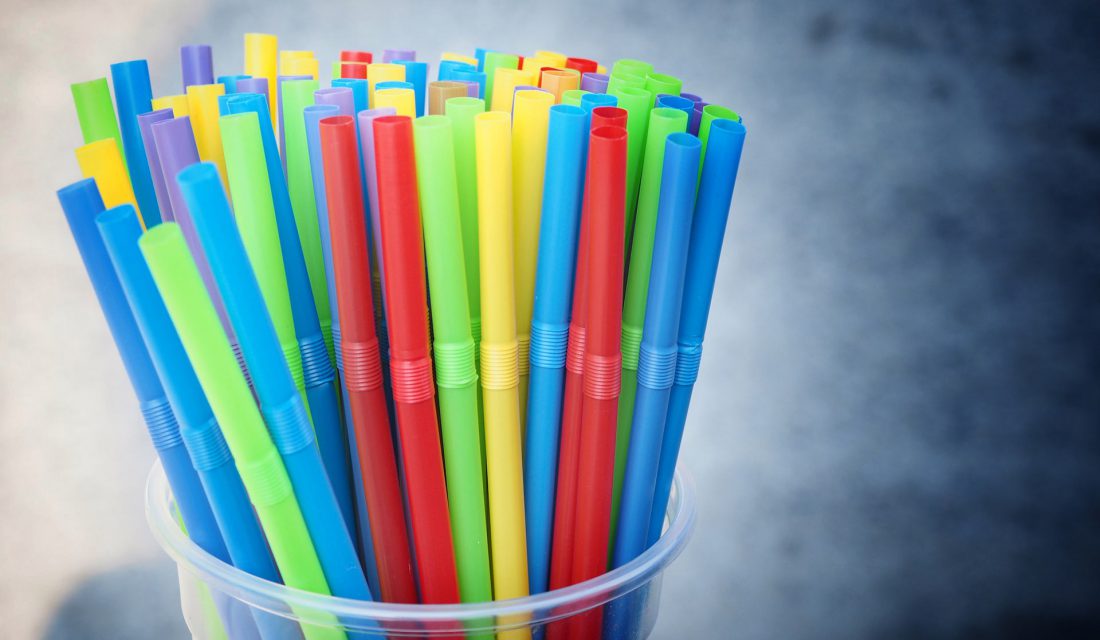
The Damage
Every year, Canadians throw away 57 million straws. That’s a lot of smoothies and a lot of plastic. Unfortunately, plastic straws weigh practically nothing, so while you might toss that straw in the garbage, it’s very easy for it to blow away into our rivers, lakes and oceans. That’s where the damage truly begins. Plastic straws are incredibly treacherous for marine wildlife like sea turtles. There are so many images of turtles with plastic straws stuck in their nostrils – you’ve probably seen them. And researchers are learning that turtles might actually be drawn to the smell of plastic debris. Moreover, plastic straws take up to 40 years to decompose – just think of how much harm they can do over those decades.
The Fix
Do you really need a straw? Could you drink that smoothie straight from the cup instead? If the answer is yes, then do that! If you absolutely need a straw, try switching to reusable varieties like stainless steel or glass.
2. Cotton Swabs
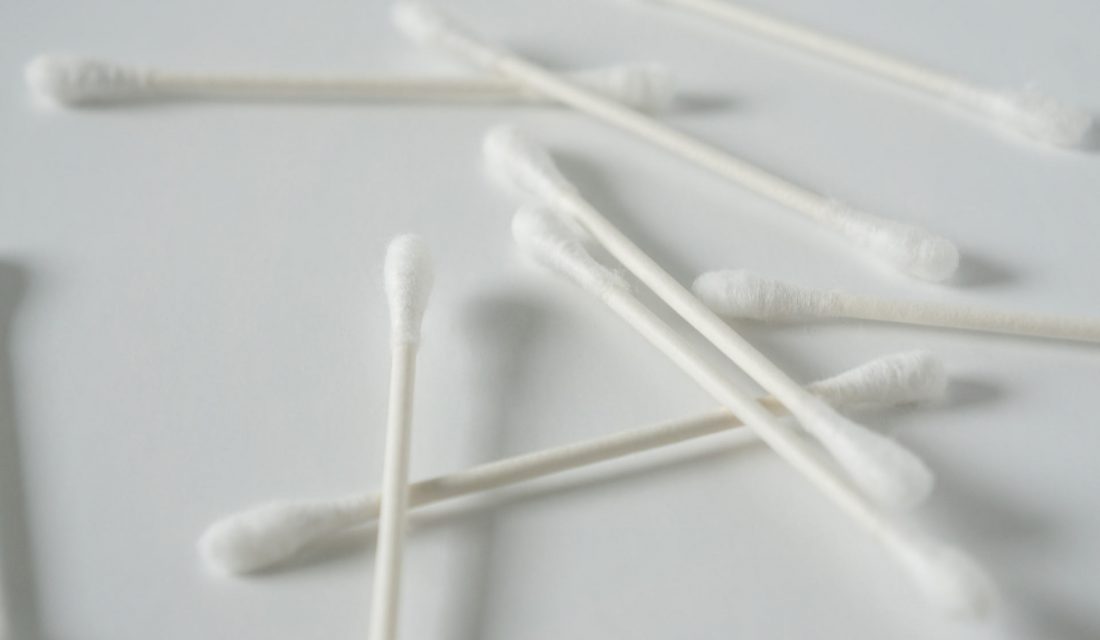
The Damage
Did you know that the average Joe uses 415 cotton swabs in a year? That means Canadians use over 15 billion cotton swabs annually. When these end up in our oceans, the cotton buds themselves dissolve over time but the plastic sticks are left behind and can be consumed by all sorts of marine life from seabirds to fish.
The Fix
You probably don’t need to clean your ears nearly as much as 415 times a year. That said, if you really want to use a cotton swabs, give reusable swabs a whirl! A single reusable swab can replace 1000 single-use cotton swabs. Plus they’re pretty easy to clean – just a little soap, water and some elbow grease should do the trick.
3. Plastic Coffee Cups and Lids
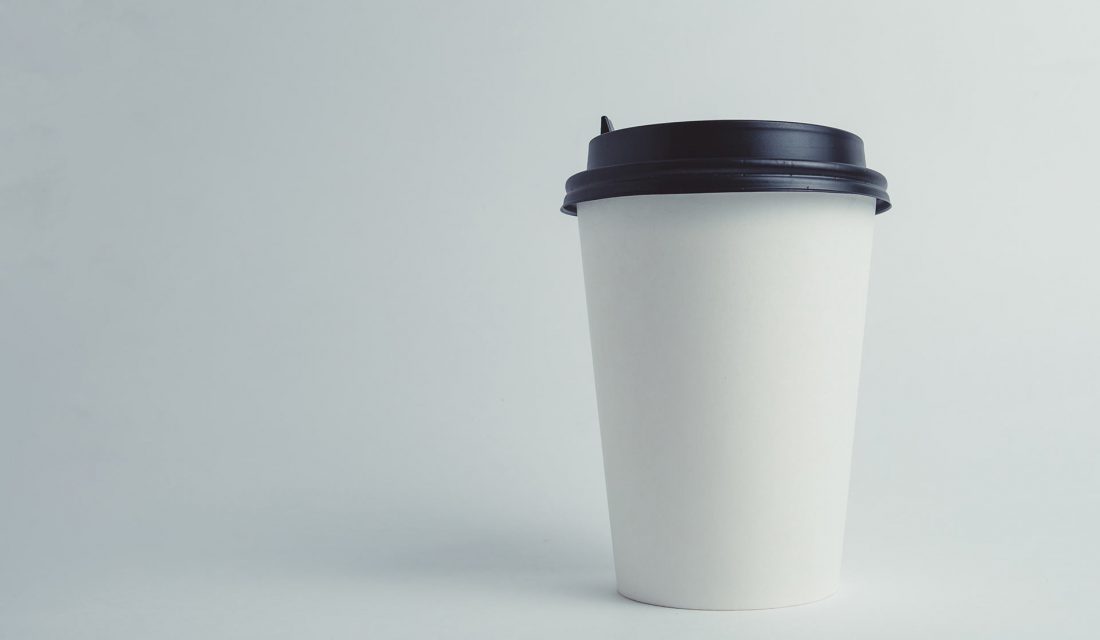
The Damage
No one is debating the need for a small (or giant!) cup of coffee in the morning to start your day off right. Unfortunately, 2.6 billion coffee cups are tossed away every year. And these cups are doing a lot of harm. Researchers at Lund University studied how plastic coffee cup lids disintegrate over time in marine water. They found that over time, these lids will break down into particles that are so minute, they can penetrate the brains of fish, causing irreparable damage that can actually alter their behaviour.
The Fix
Buy yourself a reusable coffee mug. Or two. Or three. And stash them everywhere – your car, your purse, or a drawer at the office so you’ll never be without one.
4. Plastic Bags
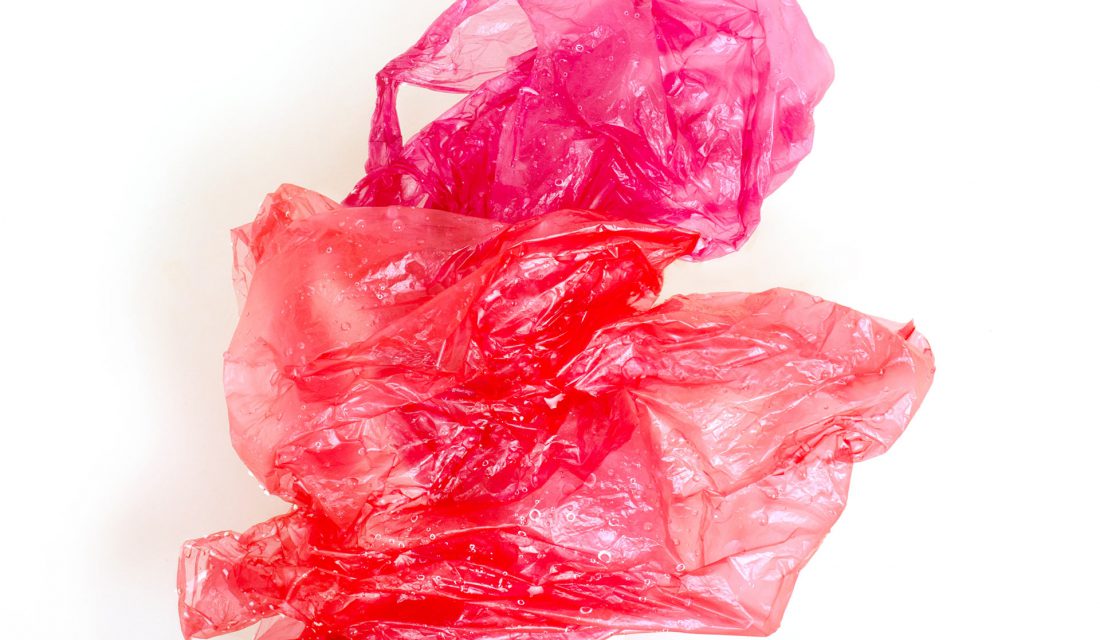
The Damage
Plastic bags are incredibly wasteful. In a single year, up to 1 trillion plastic bags are thrown away across the globe. And each and every plastic bag can take up to 20 years to decompose! Sadly, if they reach our oceans, they can do a lot of damage to our wild species. Wildlife like seabirds can get tangled in them and many sea turtles, like Leatherbacks, are indiscriminate feeders, which means they’ll feed on anything that resembles jellyfish. This may be one of the reasons why Leatherbacks swallow marine debris such as plastic bags. The plastic can block their gut causing them to starve, or it can prevent them from properly absorbing the nutrients in their diet.
The Fix
When you’re doing an errand and you are offered a plastic bag, say no and reach for a reusable bag instead. You can stash reusable bags just about anywhere – in your car, your purse, even your coat pocket!
5. Disposable Diapers
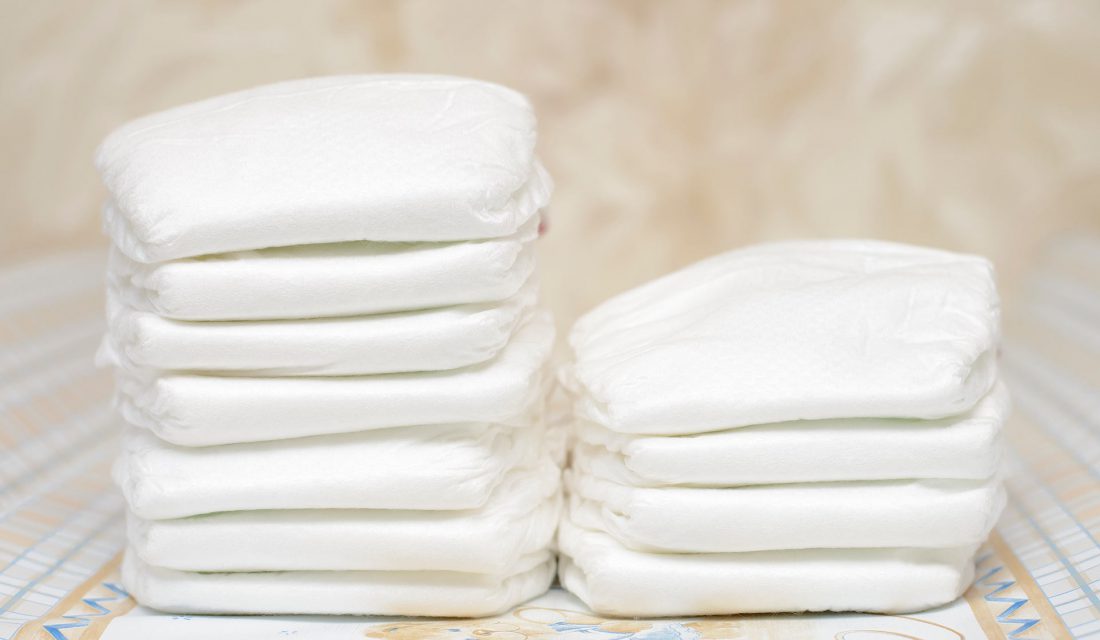
The Damage
In the last year, 374,885 babies were born in Canada. These cute little ones would turn anyone’s frown upside down until you consider their plastic footprint. North Americans toss away approximately 30 billion diapers every year. Disposable diapers are made in part from polypropylene plastic which doesn’t really biodegrade all that easily. And those 30 billion diapers are made using about 90,000 tons of the stuff! Not ideal whatsoever.
The Fix
Errrr…this is not as clear cut as the others. So many parents reach for cloth as an eco-friendly alternative to disposable diapers, but the material they are made from isn’t all that easy on the environment either. Growing cotton usually requires using agricultural chemicals and insecticides. Moreover, there’s a lot of energy used when you consider the cloth diapers will need to be washed and dried in the laundry often. They’re still the better alternative to disposable diapers but there’s plenty of opportunity for innovation when it comes to the diaper industry!

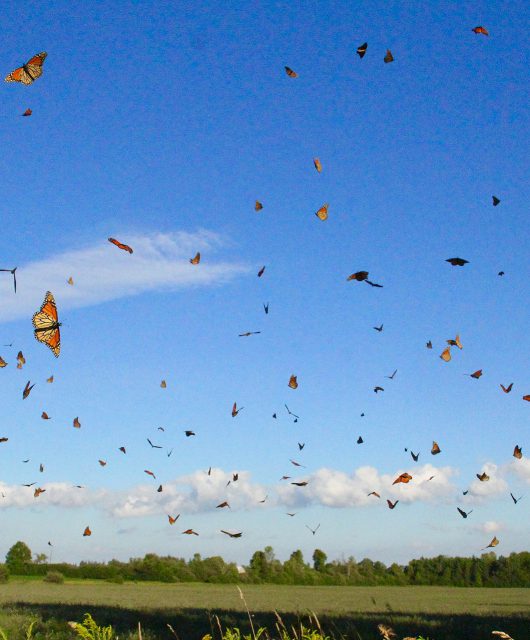
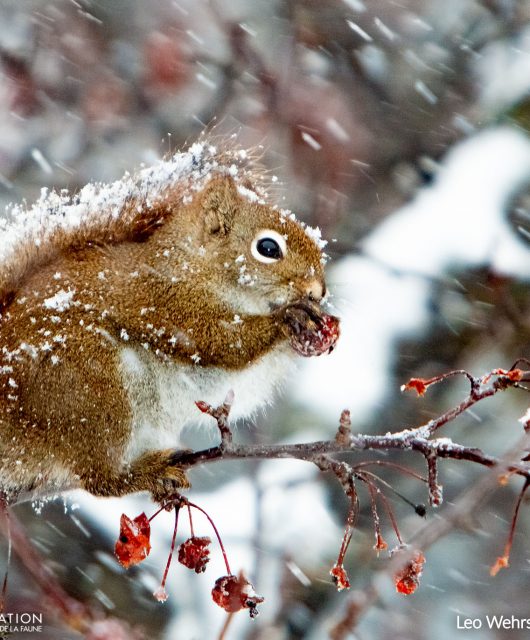

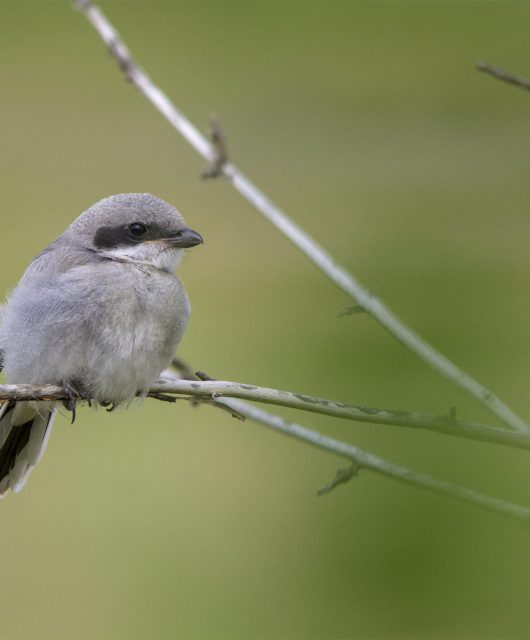
2 comments
Thirty plus years ago we used a diaper service, which was even more convenient than using disposable diapers. Researching the options at the time, it seemed that the diaper service was the most ecologically sound of all the options.
Any suggestions for what to do with a stash of plastic drinking straws left behind when our children moved on? Looking for the least harmful solution.